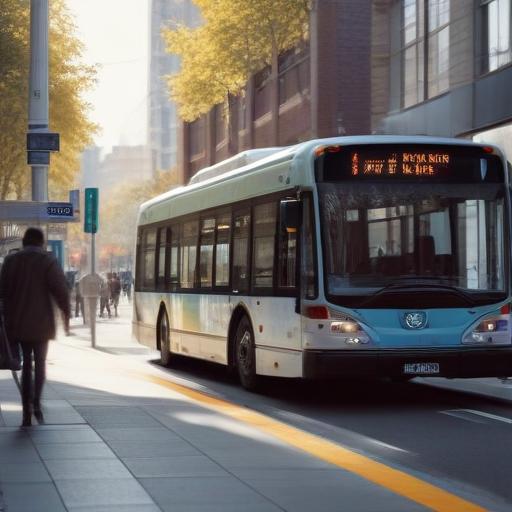Montgomery County in Maryland has joined the trend of providing free bus rides, officially launching this policy on Sunday. This movement aims to enhance public transportation accessibility for low-income residents, mirroring similar initiatives in various U.S. cities. The decision comes after a notable upset in New York City’s Democratic mayoral primary where candidates advocating for free buses, such as Zohran Mamdani, garnered significant support.
Montgomery County Council member Evan Glass emphasized that the policy, which will benefit nearly half of the bus riders earning less than $30,000 annually, is grounded in principles of transit equity and fairness. He believes free bus rides can lead to reduced traffic congestion, improved environmental conditions, and economic benefits for the community. Montgomery’s policy also builds upon an existing initiative that offers free rides to passengers aged 18 and under.
The policy’s implementation follows a period during the pandemic when free rides were temporarily offered. Despite previous hesitations over fare revenue, the analysis of costs revealed that upgrading fare systems for card payments would be prohibitively expensive, thus tipping the scales in favor of a fare-free model. Montgomery officials projected that fare collections could yield $2 million to $3 million a year, but the costs of upgrading systems would far exceed that revenue.
However, challenges remain. Some transit advocates voiced concerns that the absence of fare revenue could lead to service reductions, and they highlighted other pressing issues such as long wait times. Local activists continue to push for improved route designs and more efficient bus services while awaiting enhancements like Bus Rapid Transit systems along congested corridors.
Despite these challenges, community members expressed positive sentiments regarding the new fare-free system. Commuters like Avik Rahman and Brittney Ceus noted that eliminating fares allows them to allocate their saved funds toward essentials, making the policy a beneficial shift not only for individual riders but for the community as a whole.
In summary, Montgomery County’s initiative reflects a growing recognition of the importance of equitable public transportation, which could be a model for other jurisdictions aiming to enhance their transit systems and address socio-economic barriers. The hope lies in balancing accessibility with service quality to create a sustainable and efficient transportation network.
